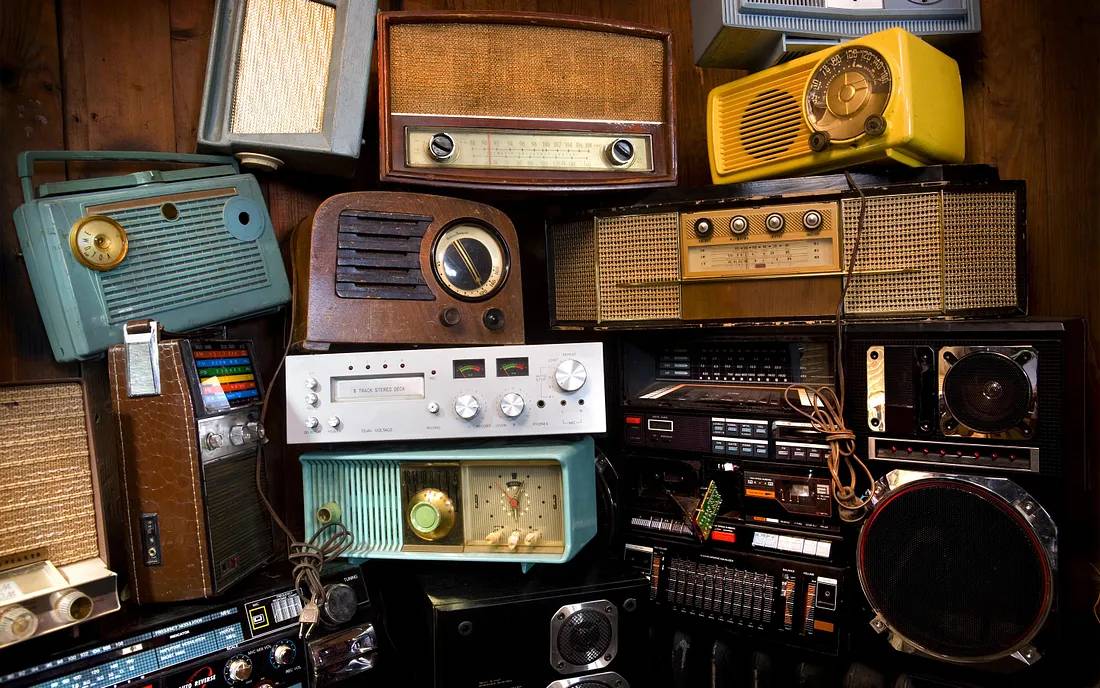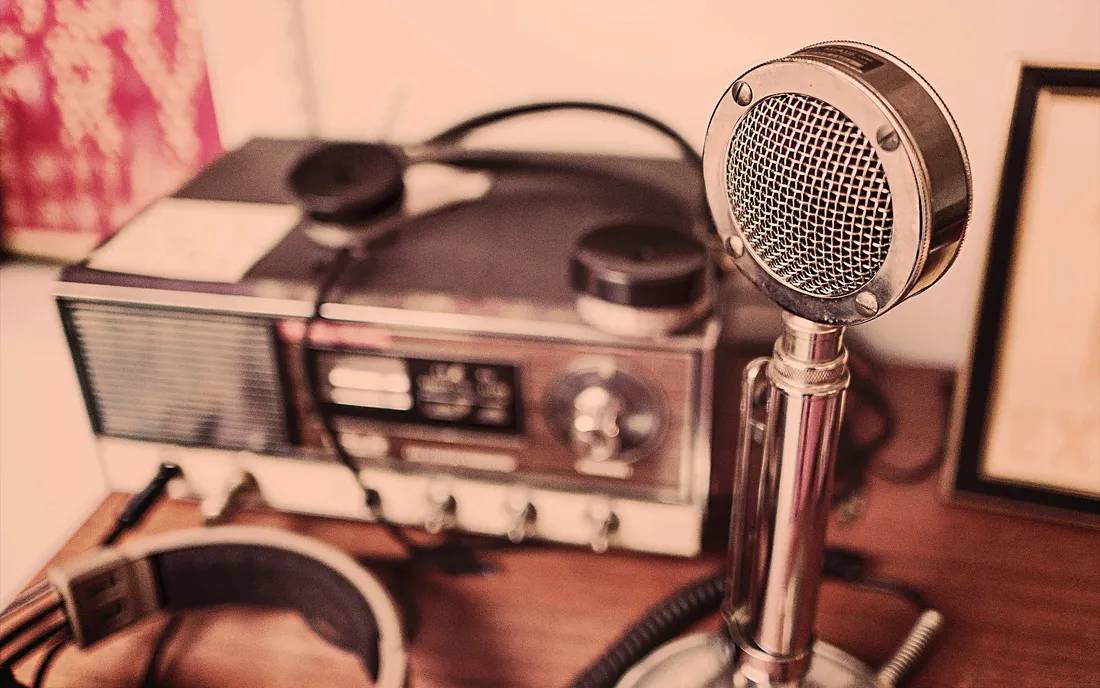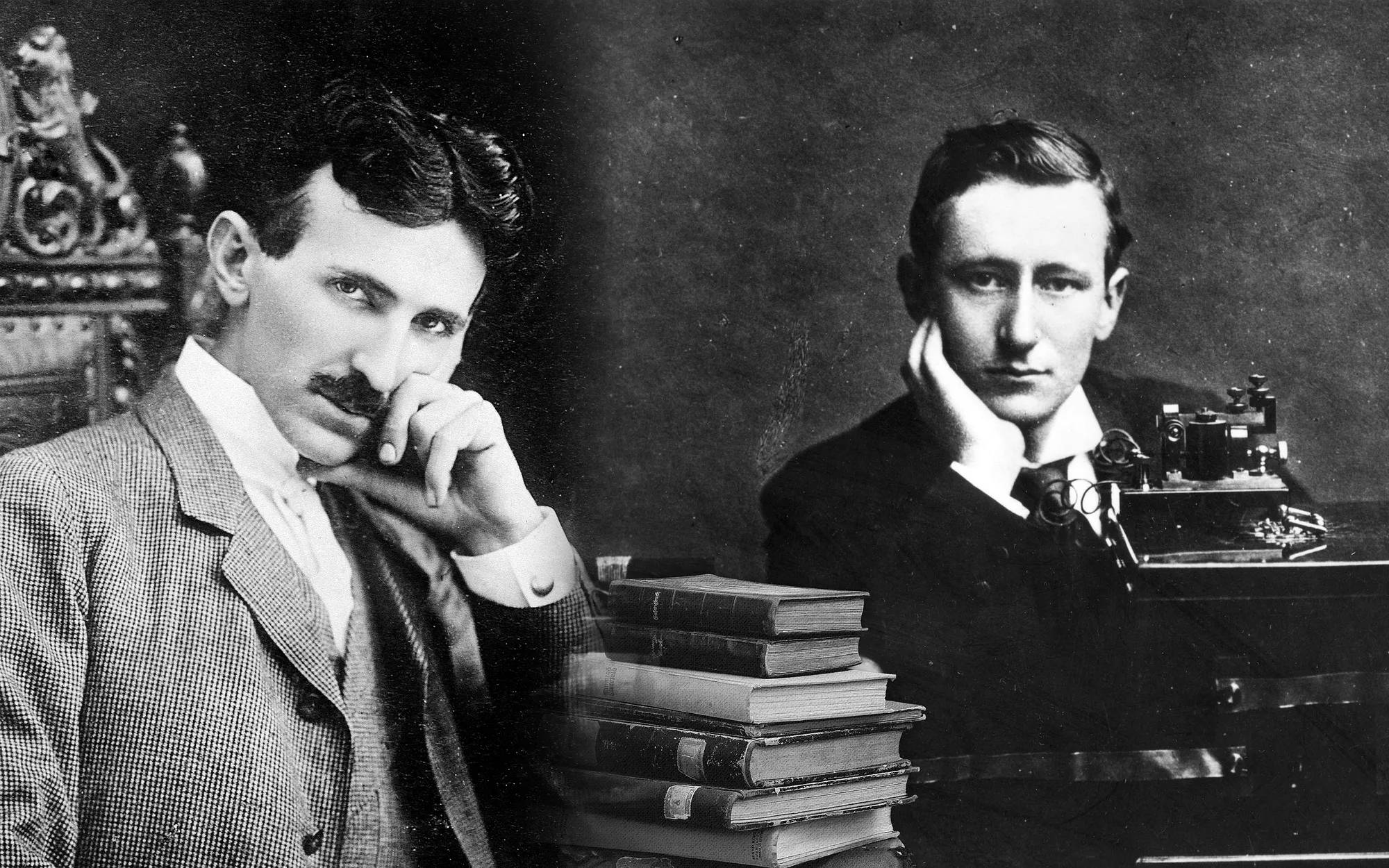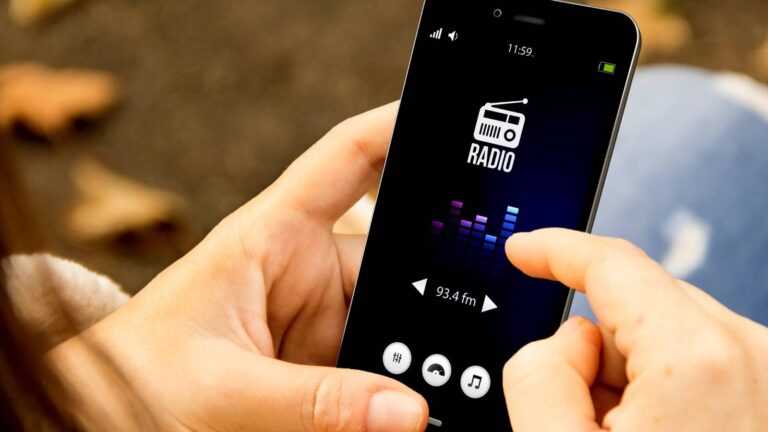Radio is something most of us use daily, whether at home, in the car, or at work. Even though radio is everywhere, many people don’t know where it comes from or how it started. Radio might not seem like the most exciting technology, but it’s still one of the most important ways we stay connected today. In 2018, a study showed that Americans listen to the radio for about 106 minutes every day, reaching 90% of adults. With such a big impact on our lives, it’s worth taking a closer look at radio and its history.
Who Invented the First Wireless Radio
In the years leading up to the 20th century, the world was buzzing with new inventions, and radio technology was at the forefront of scientific breakthroughs. Two key figures emerged in the race to invent the radio: Nikola Tesla, a Serbian American scientist, and Guglielmo Marconi, an Italian physicist.
But even today, over 100 years later, if you ask people who invented the radio, you might hear different answers. So, when was the radio actually invented, and who can really claim the title of its creator?
The answer isn’t straightforward. The story is full of scientific discoveries, legal battles, and some smart marketing. Let’s break it down and see if we can figure out what really happened.

Wireless Telegraphy Nikola Tesla
Before the 19th century, radio didn’t exist. The idea of wireless communication was just a dream. That changed when Nikola Tesla demonstrated the first wireless radio in Missouri. However, even though Tesla showed the world what radio could do, he’s not always credited with inventing it. Instead, many people say that Guglielmo Marconi was the inventor of the radio.
Wireless Telegraphy Guglielmo Marconi
In 1896, Marconi received the first European patent for wireless telegraphy. A year later, Tesla filed his own radio patents, which were granted in 1900. Marconi was also the first person to send radio signals across the ocean. In 1915, the first speech was broadcast from New York to San Francisco. Edwin Howard Armstrong created the first “FM” (Frequency Modulated) radio, which improved the quality of the sound by reducing static. The first FM Antenna system was set up on the Empire State Building in New York, allowing stations to broadcast more clearly.

Why Was Radio Invented?
Today, people use the radio for many things—listening to music, getting news, or even advertising products. But when radio was first invented, it was created out of necessity. Before radio, armies and navies used signaling and carrier pigeons to send important messages. The first radios, called “spark gap machines,” allowed ships to communicate with each other, even though the messages were limited to two points.
Early Radio Transmissions
As time went on, we learned how to use wireless signals to send information more effectively. Early radio transmissions were just Morse code signals. By 1899, the US army was already using wireless radio systems. As radio technology evolved, Lee DeForest invented “AM” radio, which allowed for better communication between stations. DeForest was also the first person to use the word “radio.”
The Impact of Radio
Radio quickly became more than just a way to communicate. It became a way to share ideas, information, and entertainment. Radio has inspired social movements, brought people together during crises, and spread important news across the world. For example, when the internet and phones weren’t available, radio was how people heard news about the war.
Even today, with so many other options like streaming and YouTube, people still turn to the radio for reliable information. Radio has played a crucial role in bringing different parts of the world together, especially during times of major social change and disaster.
What Feature Did Radio In The 1920s Offer That Other Inventions Did Not Offer
In the 1920s, radio offered a groundbreaking feature that other inventions of the time did not: instant, live communication to a mass audience. This allowed people to receive news, entertainment, and music in real-time, directly into their homes. Unlike newspapers, which took time to print and deliver, or telegraphs, which were limited to one-on-one communication, radio broadcasts could reach large numbers of people simultaneously, creating a shared experience across distances.
This immediacy and mass reach made radio a unique and powerful medium, offering:
- Live news and events: People could listen to important events as they happened, from political speeches to sports games.
- Entertainment at home: Families could enjoy radio dramas, comedy shows, and music without leaving their homes.
- Connection across distances: Radio allowed communities and even entire nations to stay connected and informed in real-time.
These features made radio a revolutionary invention in the 1920s, shaping how people communicated and consumed information.
The History of Radio
The history of radio is long and fascinating. Even though people may argue about who invented the first radio, one thing is clear: radio changed the world. It helped us communicate over long distances, sparked the growth of the music industry, and ensured that people always had access to the latest news.
Radio started as a scientific experiment but has become so much more. It’s hard to imagine a world without radio today.
Who Invented the Radio Tesla or Marconi

When Nikola Tesla moved to the U.S. in 1884, he started creating amazing inventions, including the Tesla coil, which was key to radio technology. Around the same time, Guglielmo Marconi in England was also experimenting with radio. In 1896, Marconi sent the first Morse code radio signals over nearly 4 miles and got the first patent for wireless telegraphy.
The First Radio Patents
In 1897, Tesla applied for radio patents in the U.S. and even demonstrated a radio-controlled boat in 1898. In 1900, Tesla was granted patents for his Tesla coils, which were crucial for radio communication. But later that year, Marconi filed his own patent for tuned telegraphy.
At first, the U.S. Patent Office denied Marconi’s application because it relied on Tesla’s technology. However, Marconi kept pushing, using his family’s wealth and connections to grow his business and continue his patent pursuit. By 1901, he had sent the first radio signal across the Atlantic.
The Patent Battle
Marconi didn’t stop trying to get his patents recognized. After years of effort and support from investors like Andrew Carnegie and Thomas Edison, the U.S. Patent Office reversed its decision in 1904 and granted Marconi the patent for the radio.
The Nobel Prize and Rivalry
In 1909, Marconi won the Nobel Prize in Physics, increasing the rivalry with Tesla. Tesla sued Marconi’s company in 1915 for patent infringement, but he lost the case. It seemed like Marconi had won.
The Final Twist
In 1943, Marconi’s company sued the U.S. government for using his patents during World War I. To avoid the lawsuit, the U.S. Supreme Court upheld Tesla’s 1900 patent, officially recognizing him as the inventor of the radio. However, many still think of Marconi as the father of wireless radio.
The Legacy
The competition between Tesla and Marconi helped lay the foundation for modern radio broadcasting. Their work eventually led to the widespread use of radio for communication and entertainment.

